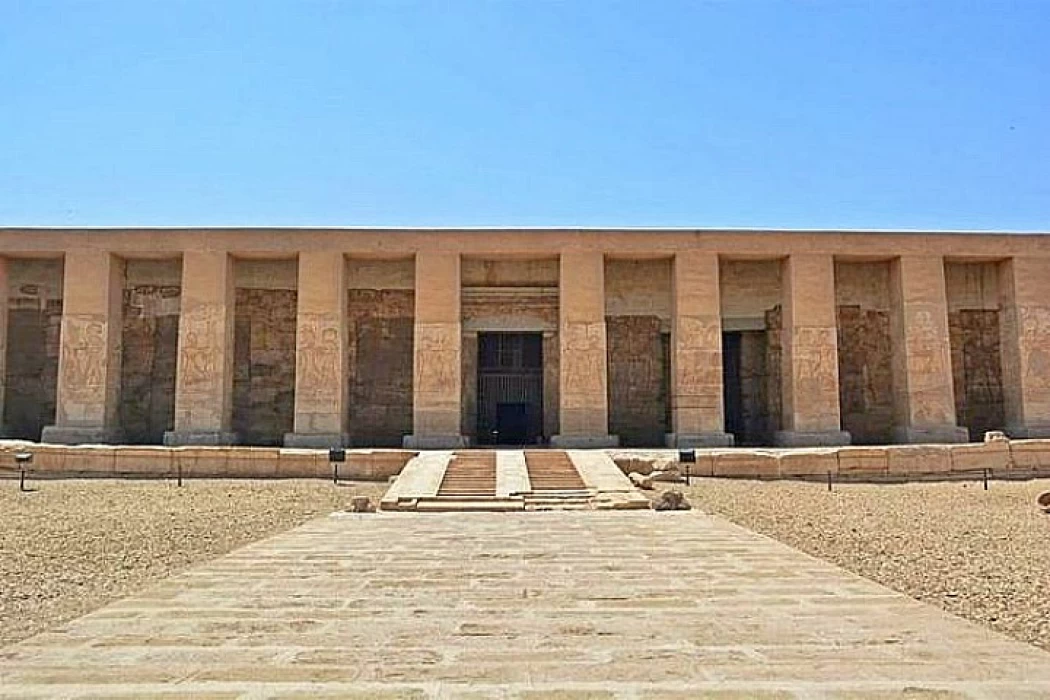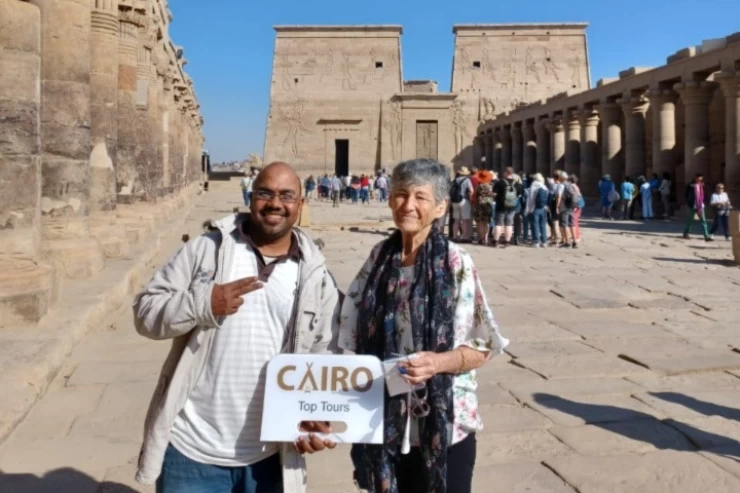
History of Amada Temple in Nubia
The temple is considered one of the most prominent signs of architectural activity in the modern state, as it contains bas-reliefs documenting the victories of Kings, as well as figurative paintings representing various religious rituals, which makes it an essential reference for understanding rituals and symbols in that period. Its location in Nubia gave it double importance, as it represented an extension of Egyptian influence in the south, and at the same time a center for spreading doctrines associated with the god Ra and Amun.
The Temple faced a real danger with the construction of the High Dam in Aswan in the 1960s of the twentieth century, as the rising water level threatened to flood it completely, which prompted UNESCO to launch an international rescue project within the campaign to save the monuments of Nubia. Then, Amenhotep III came to add decorations and inscriptions to the temple that increased its artistic and historical value, and the Kings of the Nineteenth Dynasty, such as Seti I and Ramses II, contributed to its restoration and redecoration, which maintained the continuity of its religious and political role through the ages.
The temple has been dismantled and moved stone by stone to a new safe location away from the waters of Lake Nasser, so that its walls remain a witness to international cooperation to protect human heritage from loss, and this project has contributed to highlighting the universal value of the temple as an integral part of the common heritage of mankind.
Today, the site has become one of the most prominent destinations for visitors and researchers to learn about the various stages of ancient Egyptian art, and to see the inscriptions documenting the achievements of the Kings of the eighteenth and nineteenth dynasties. the temple also forms part of the Egyptian cultural identity associated with Nubia, which reflects the depth of the relationship between man, the river, and the gods throughout history.
Today, the Amada Temple represents a key link in the path of cultural tourism in southern Egypt, as it attracts the interest of those interested in Egyptian antiquities and those looking for precise details of the life of ancient Egyptians, and at the same time emphasizes the value of international efforts exerted to preserve heritage, which makes it more than just an ancient religious temple, but a living witness to the communication of civilizations and the solidarity of countries to protect the human heritage.















